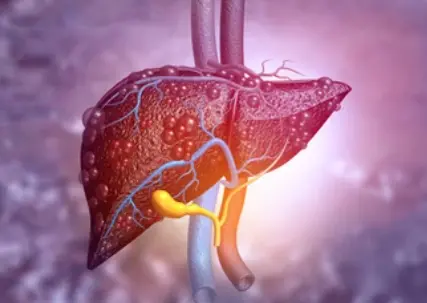 Welcome
Welcome
“May all be happy, may all be healed, may all be at peace and may no one ever suffer."
Filariasis - Generics
Filariasis, also known as lymphatic filariasis, is a parasitic disease caused by several species of thread-like nematode worms belonging to the family Filariidae. The most common species responsible for the disease are Wuchereria bancrofti, Brugia malayi, and Brugia timori.
Filariasis is transmitted to humans by infected mosquitoes when they bite a person. The larvae of the worms enter the person's body through the mosquito bite and migrate to the lymphatic system, where they mature into adult worms that can live for years.
The symptoms of filariasis can include fever, lymph node enlargement, lymphedema (swelling of the limbs), and elephantiasis (severe swelling and thickening of the skin). The disease can also cause damage to the lymphatic system and kidneys, and in severe cases, can be fatal.
The treatment of filariasis usually involves a combination of medication and lifestyle changes. The medications used to treat filariasis include diethylcarbamazine (DEC) and ivermectin, which kill the adult worms and prevent them from reproducing. In addition to medication, lifestyle changes such as wearing protective clothing and using mosquito nets can help prevent the disease.
Filariasis is a major public health problem in many tropical and subtropical regions of the world, particularly in Africa, Southeast Asia, and the Western Pacific. The World Health Organization (WHO) has launched a global program to eliminate lymphatic filariasis as a public health problem by 2020 through mass drug administration of medication to at-risk populations, as well as other preventative measures.

Subacute bacterial endoca...

Primary biliary cirrhosis

Paracetamol poisoning

Rat-bite fever

Cryptosporidiosis

Libido

Water purification

Lung carcinoma
Filariasis, ফিলারিয়াসিস
To be happy, beautiful, healthy, wealthy, hale and long-lived stay with DM3S.